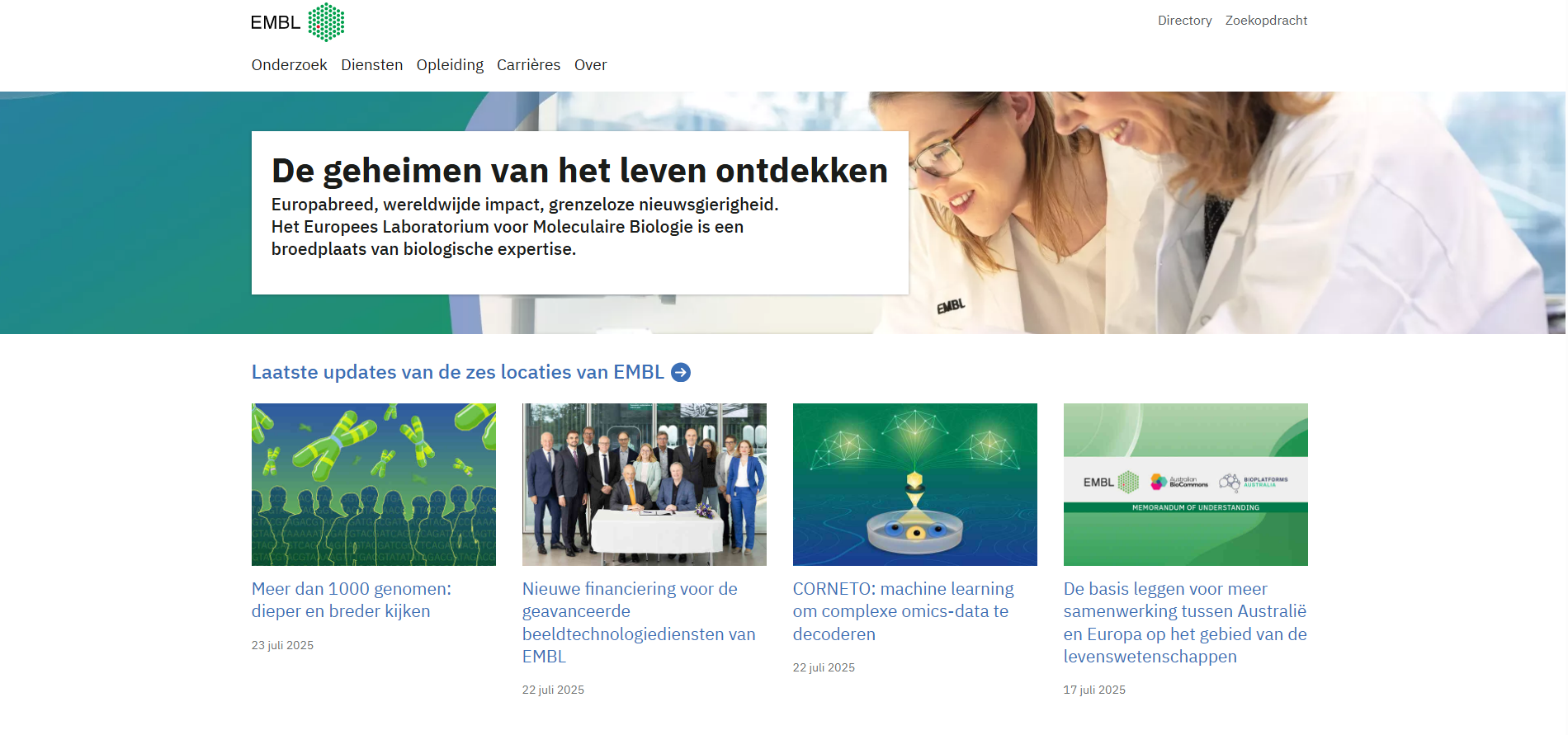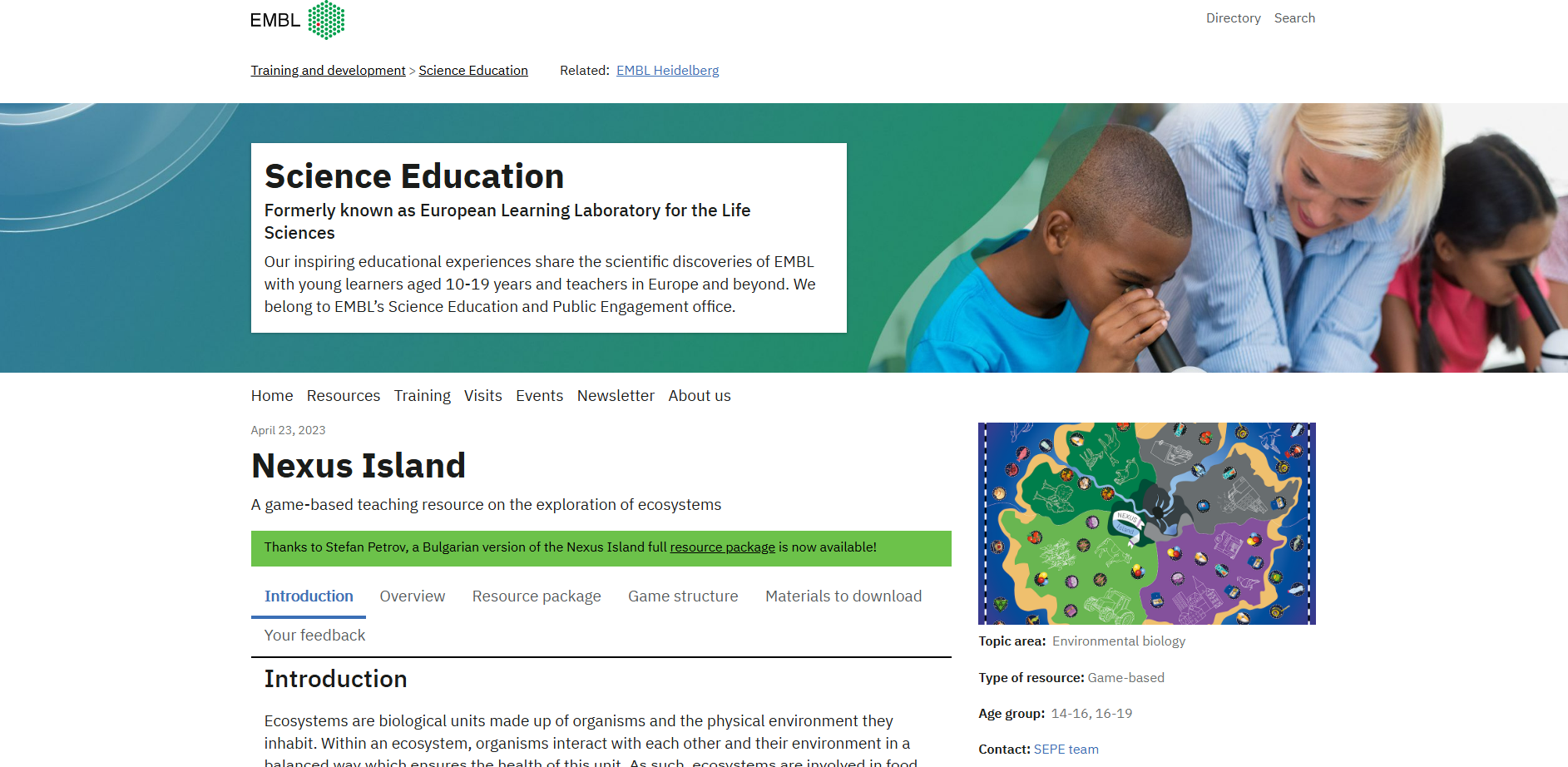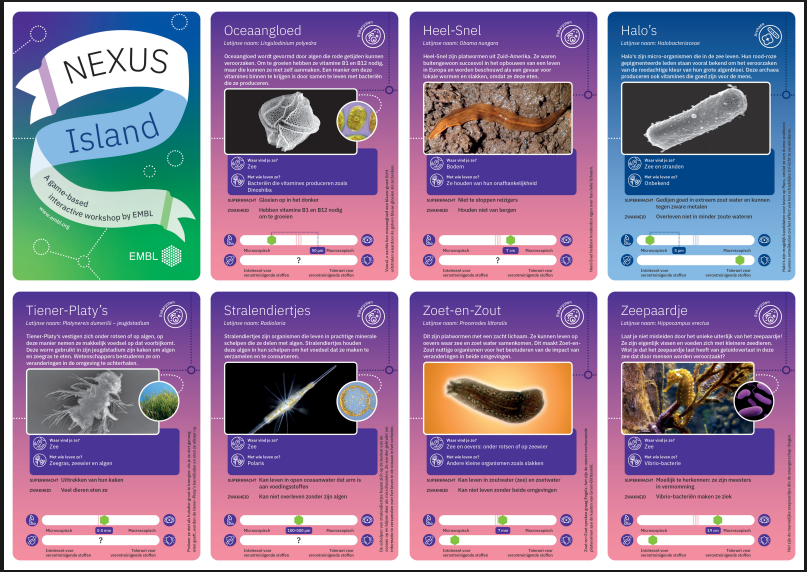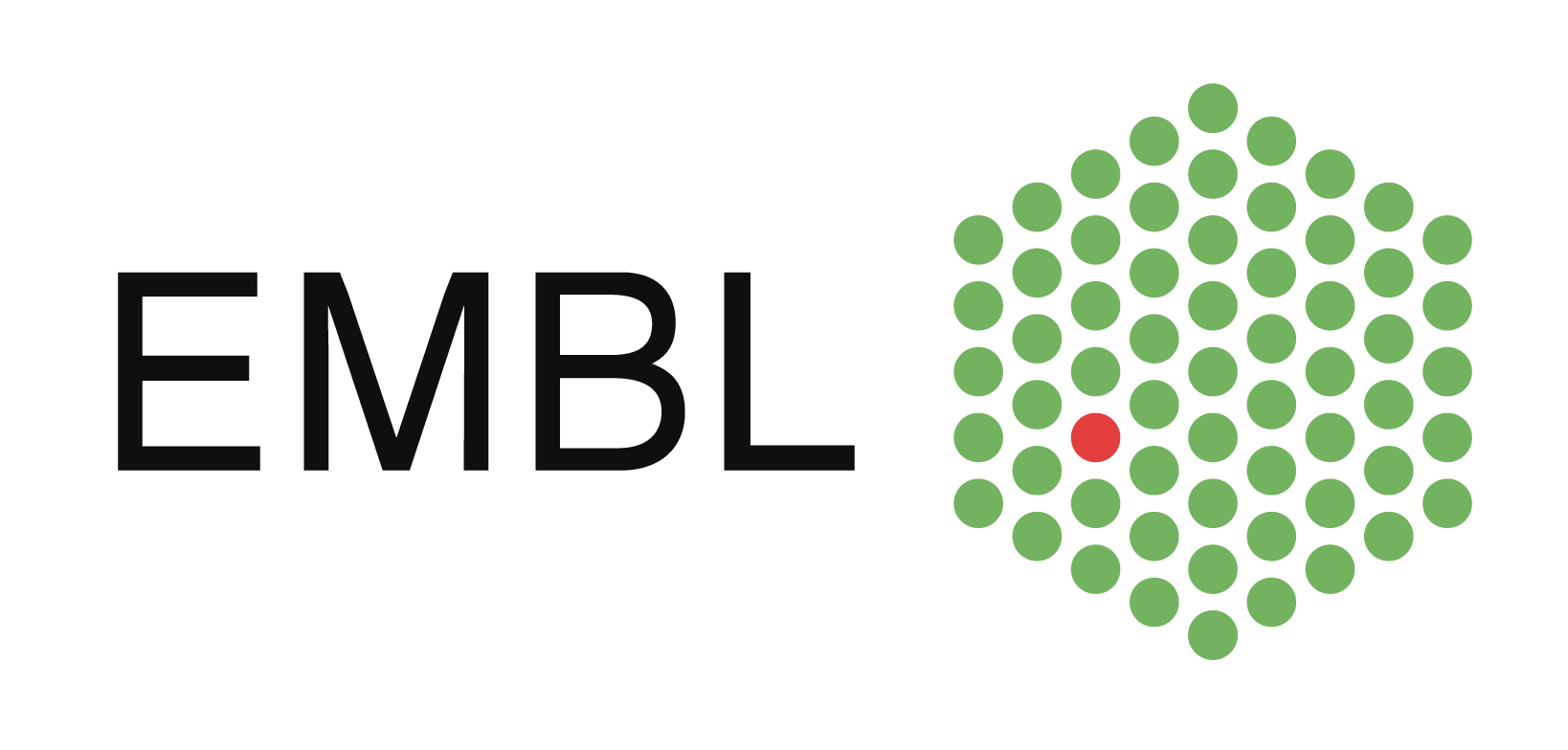Lesmateriaal basisonderwijs: Land in gevaar
Leonie De Clercq2025-09-12T16:43:48+02:00
Lesmateriaal: Land in gevaar
De vooruitzichten voor het bestaan op kleine eilanden
In deze reeks activiteiten leren leerlingen over de oorzaken en mogelijke gevolgen van de stijging van de zeespiegel, terwijl ze tegelijkertijd wetenschappelijke basisvaardigheden ontwikkelen.
De eerste activiteit introduceert de context door na te denken over de mogelijke toekomst van het eiland Kiribati en is gekoppeld aan een oefening om instructieve schrijfvaardigheid te ontwikkelen.
Praktische activiteiten over twee van de belangrijkste factoren die bijdragen tot de stijging van het zeespiegel bieden de gelegenheid om te bespreken hoe modellen in de wetenschap worden gebruikt.
In de laatste activiteit gebruiken de leerlingen echte satellietgegevens om de temperatuur van het zeeoppervlak, veranderingen in de gemiddelde zeespiegel en de relatie daartussen te onderzoeken.
✔️ Niveau: Basisonderwijs
✔️ Vakken: Aardrijkskunde, ICT, Wetenschap en Techniek, Wiskunde, Nederlands
✔️ Partners: ESERO Belgium, ESA Education
Inhoud van de bundel 📖
Overzicht
Samenvatting van de activiteiten
Climate from Space
Klimaat en zeespiegel: achtergrondinformatie
Activiteit 1: Land in gevaar
Activiteit 2: Het smelten van ijs
Activiteit 3: het opwarmen van water
Activiteit 4: Warme en koude zeeën
Leerlingen werkblad 1
Leerlingen werkblad 2
Leerlingen werkblad 3
Leerlingen werkblad 4
Informatieblad 1
Links


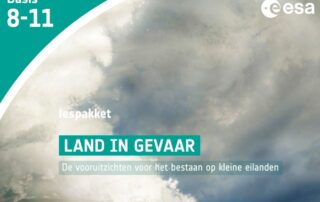
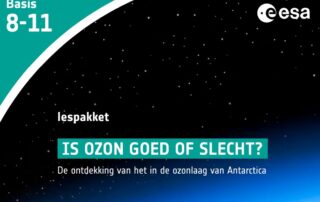
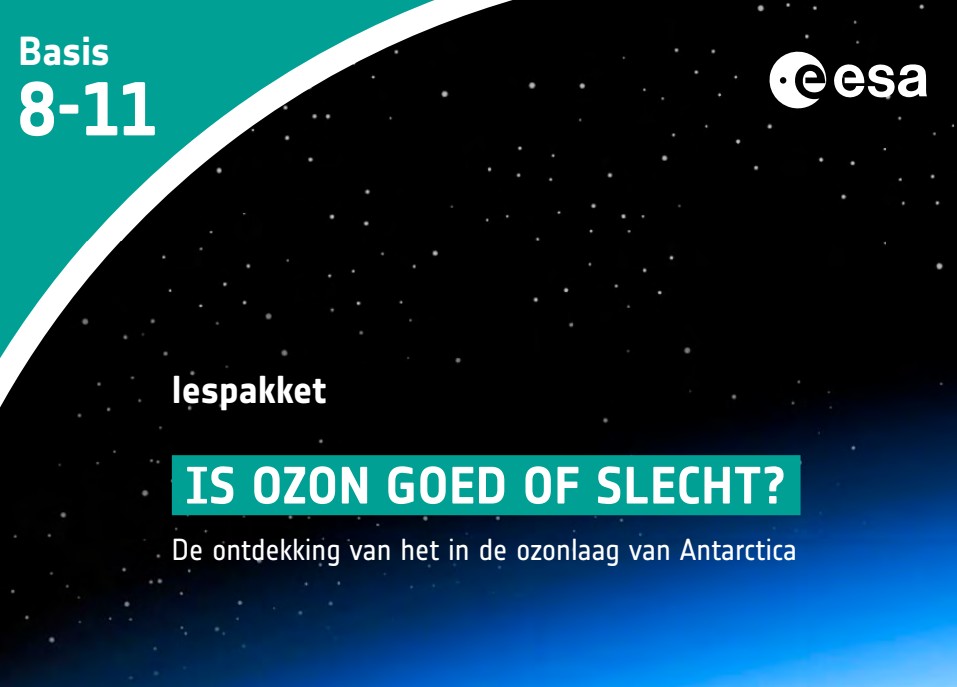
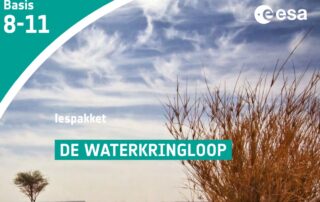
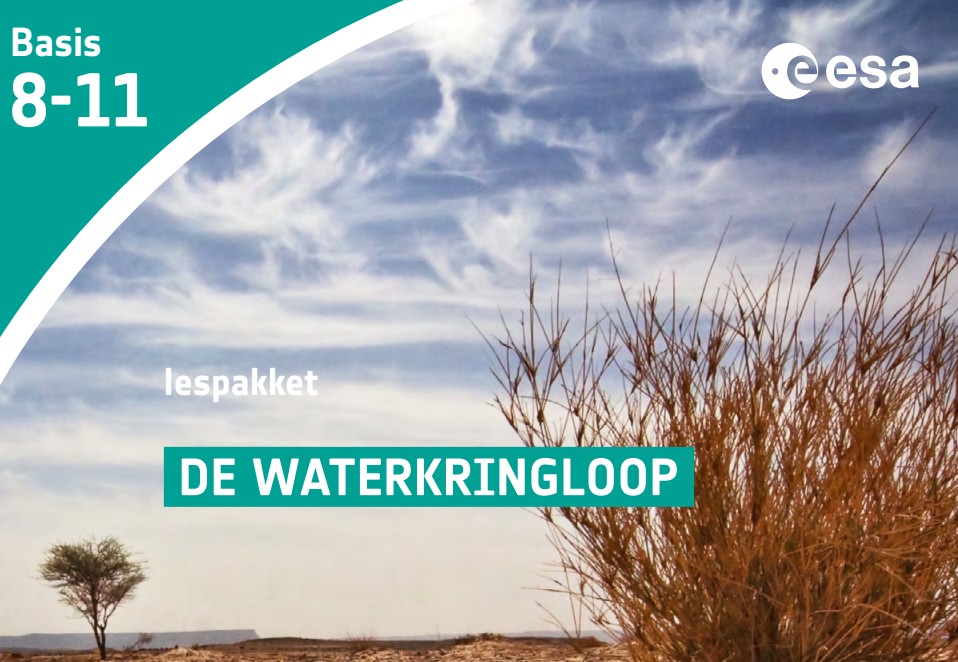
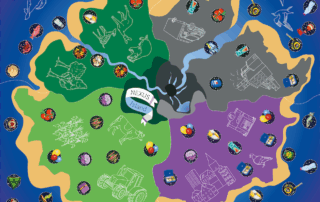
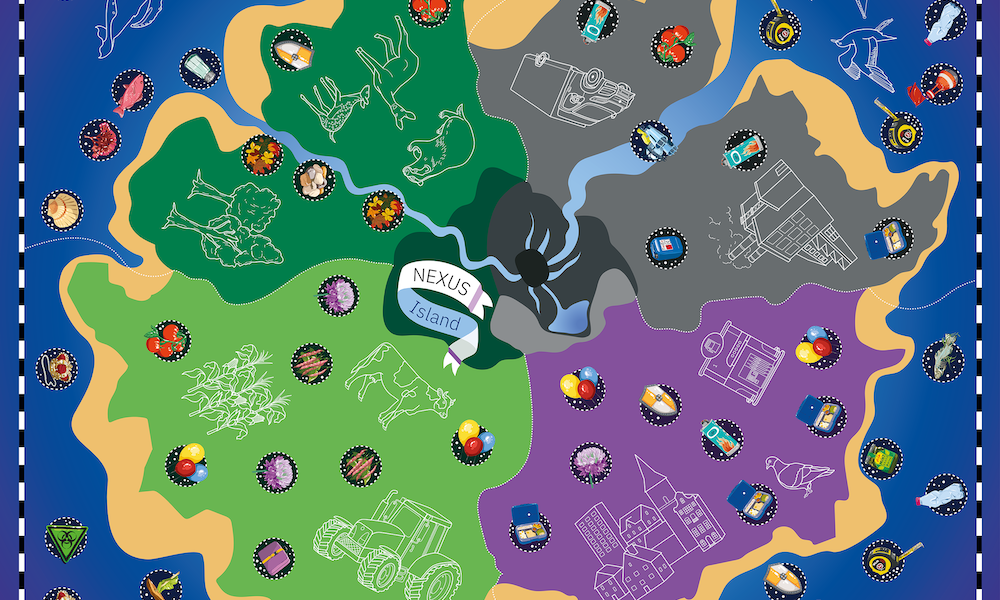

 Niveau: 14-16 years
Niveau: 14-16 years